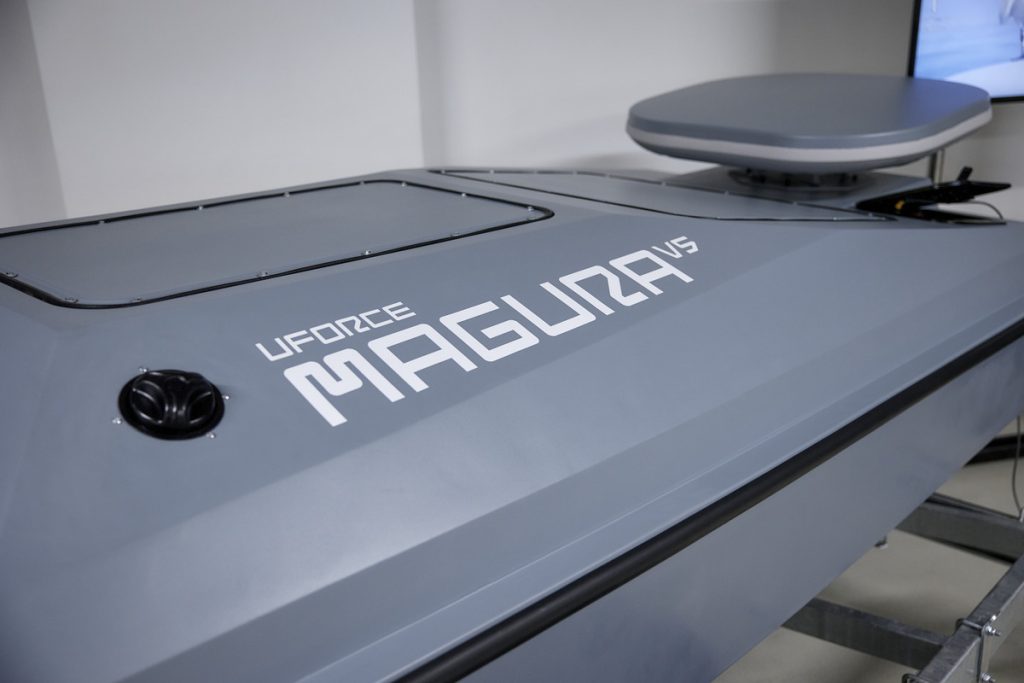The ongoing conflict between Russia and Ukraine has witnessed a dynamic interplay of evolving tactics and technologies, particularly in the strategically crucial Black Sea. Russia’s Black Sea Fleet, once a dominant force, has faced persistent challenges from Ukrainian naval drone attacks, forcing it to adapt and develop new defensive strategies. This maritime struggle underscores the increasing importance of unmanned systems in modern warfare and the constant need for innovation to counter emerging threats. Ukraine’s successful deployment of naval drones has disrupted Russian operations and forced a reassessment of naval defense strategies. The conflict serves as a real-time case study in the evolving nature of naval warfare in the 21st century.
The recent incident involving the destruction of a Ukrainian naval drone by a Russian Kronshtadt Orion missile-capable drone, as reported by military bloggers and analyzed by the Institute for the Study of War (ISW), highlights this evolving dynamic. This incident, if confirmed, marks a potentially significant shift in Russian tactics, utilizing aerial assets to counter the growing threat posed by Ukrainian unmanned surface vessels (USVs). The deployment of the Orion drone in this capacity suggests a recognition by the Russian military of the need for a more effective counter-drone strategy. This adaptation becomes even more critical given Ukraine’s demonstrated capability to target Russian helicopters with missiles launched from Magura V5 naval strike drones.
This tit-for-tat development in naval warfare technology underscores the escalating nature of the conflict in the Black Sea. As Ukraine continues to refine its naval drone capabilities and tactics, Russia is compelled to develop countermeasures. The use of aerial drones armed with missiles represents a potential game-changer in the region, offering a more agile and potentially cost-effective method of neutralizing enemy USVs. However, the effectiveness of this new tactic remains to be seen, and the ongoing development of both offensive and defensive drone technologies will likely continue to shape the future of naval engagements in the Black Sea.
The Crimean Peninsula, annexed by Russia in 2014, has become a focal point of this maritime conflict. Once a secure base for the Black Sea Fleet, the peninsula has become increasingly vulnerable to Ukrainian attacks. This vulnerability has forced Russia to relocate valuable assets, such as warships and submarines, further east in the Black Sea, impacting its operational capabilities. The persistent Ukrainian drone strikes, coupled with Kyiv’s stated goal of reclaiming Crimea, further complicate the situation for Russia and underscore the strategic importance of the peninsula in this ongoing conflict.
The development and deployment of naval drones by both sides highlight the increasing significance of unmanned systems in modern naval warfare. Ukraine’s successful use of USVs has demonstrated their potential to disrupt traditional naval operations and challenge larger, more conventional forces. The Magura V5 naval strike drone, developed by Ukraine’s GUR military intelligence agency, and the SeaBaby USVs operated by the SBU security service, have proven effective in targeting Russian assets. These successes have spurred Russia to innovate and adapt, as evidenced by the potential deployment of the Orion drone against Ukrainian USVs.
This ongoing technological arms race in the Black Sea mirrors trends seen in other conflicts around the world. The increasing accessibility and affordability of drone technology have lowered the barrier to entry for both state and non-state actors, changing the dynamics of warfare. The adaptability and versatility of drones make them valuable assets in a variety of roles, from reconnaissance and surveillance to attack and defense. As this technology continues to evolve, it will undoubtedly play an increasingly important role in shaping the future of naval warfare and beyond. The conflict in the Black Sea serves as a poignant example of this evolving landscape, showcasing the rapid adaptation and innovation driven by the necessities of modern warfare.










